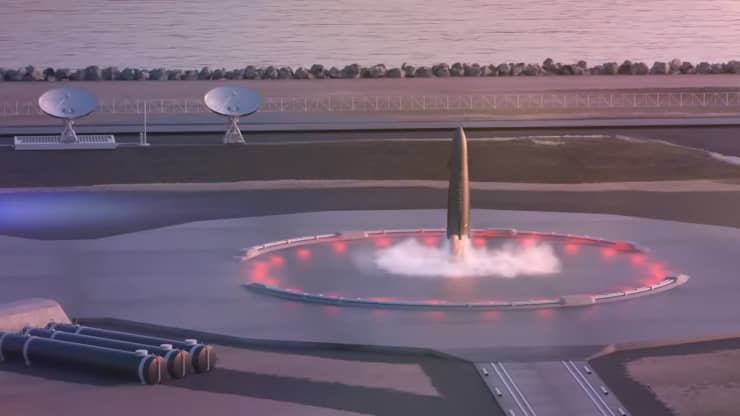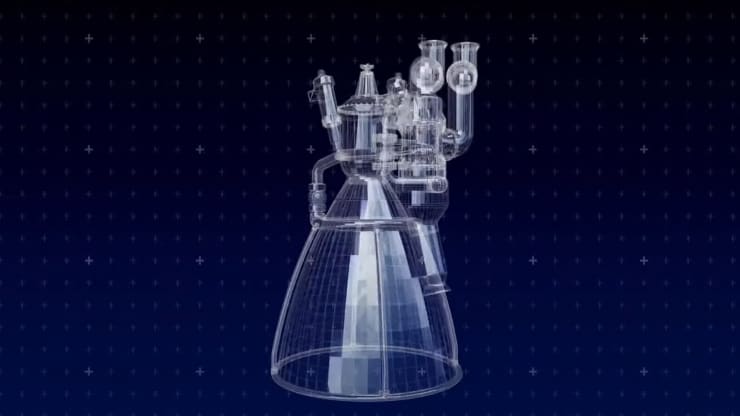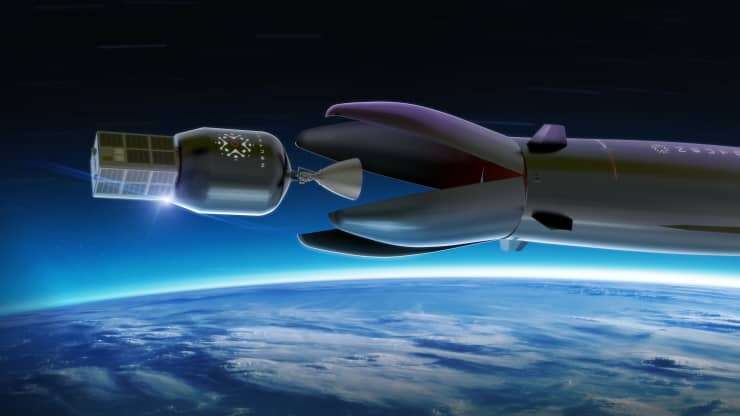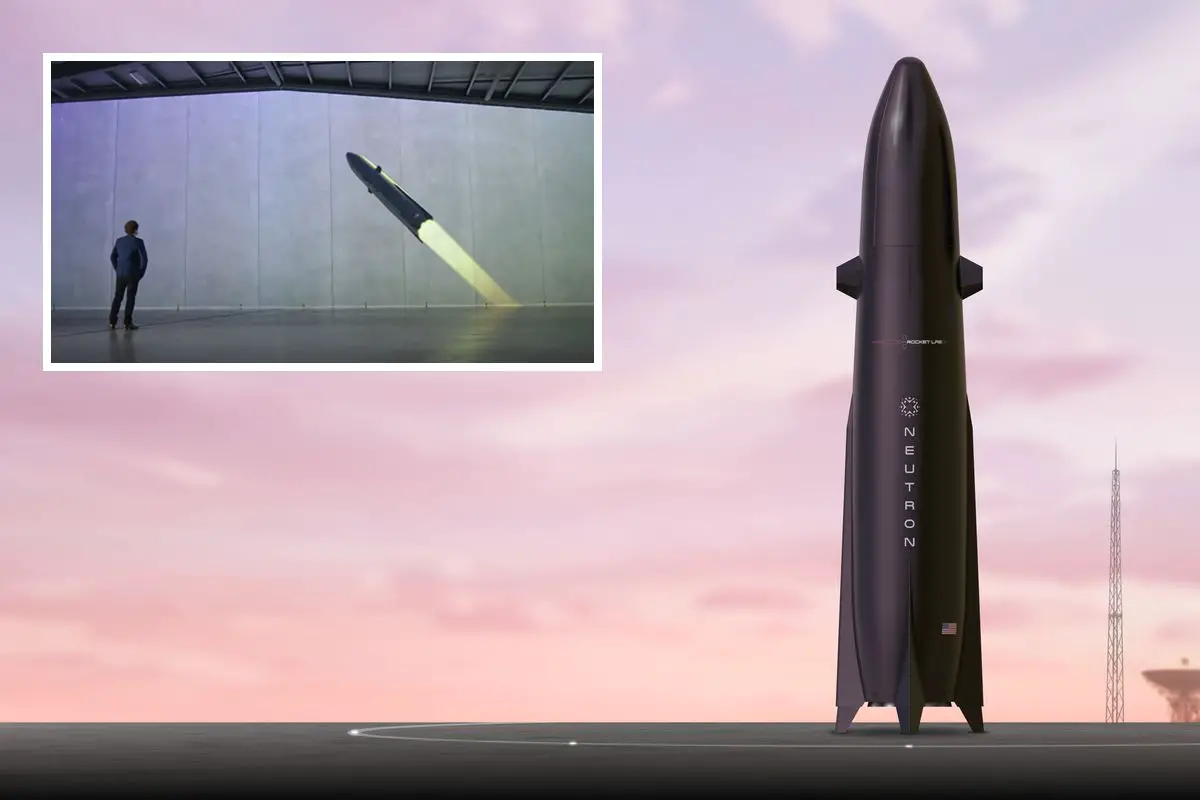On Thursday, Rocket Lab provided further information about the bigger, more powerful Neutron rocket it is constructing.
“This is Neutron,” says the narrator. In a webcast presentation, Rocket Lab CEO Peter Beck commented, “It is an absolute beast.”
Neutron is a 131-foot-tall, 23-foot-diameter spacecraft with a cargo capacity of 15,000 kg that will be launched into low-Earth orbit. Neutron will be able to lift up to 8,000 kilos to low Earth orbit for reusable flights. These are the first specifics about the new rocket to be revealed since the corporation unveiled its ambitions earlier this year.
Neutron is expected to debut in 2024, according to the business.
Small, medium and heavy-lift are the three categories of the launch marketplace. The Neutron rocket will go after the middle part, while Rocket Lab’s current Electron rocket will go after the little portion.
While SpaceX’s Falcon 9 rocket can carry up to 22,800 kg into low Earth orbit, Neutron will compete to launch many of the same spacecraft that Elon Musk’s business is already sending into orbit.
The first stage of Neutron, like the Falcon 9, is reusable – but that is where the similarities stop. While SpaceX’s Falcon 9 rockets sometimes return to the launch site, Neutron will do so entirely.
“Neutron does not land on a barge — it is a vehicle that returns to the launch site,” Beck said.

Rocket Lab is also working on Archimedes, a new engine for Neutron. Beck praised Archimedes’ design for being “extremely straightforward” and having “all the features you want when you have to construct an engine that can be utilized over and over again.”
Neutron’s first stage is propelled into orbit by seven Archimedes engines, with an eighth pushing the upper stage once in orbit.
“Archimedes will exhale its first flame next year,” Beck said.

The fairing, or nosecone, is another distinctive aspect of the Neutron’s design. The business built the “Hungry Hippo fairing” to remain linked to the rocket’s body rather than disconnecting and falling back into the sky as contemporary rockets do.
The fairing on Neutron will open, the upper stage will be deployed, and then the fairing will shut for the return journey to Earth.
“The greatest approach to never get rid of them in the first place is not to throw away the fairings where you are attempting to capture them,” Beck said.


